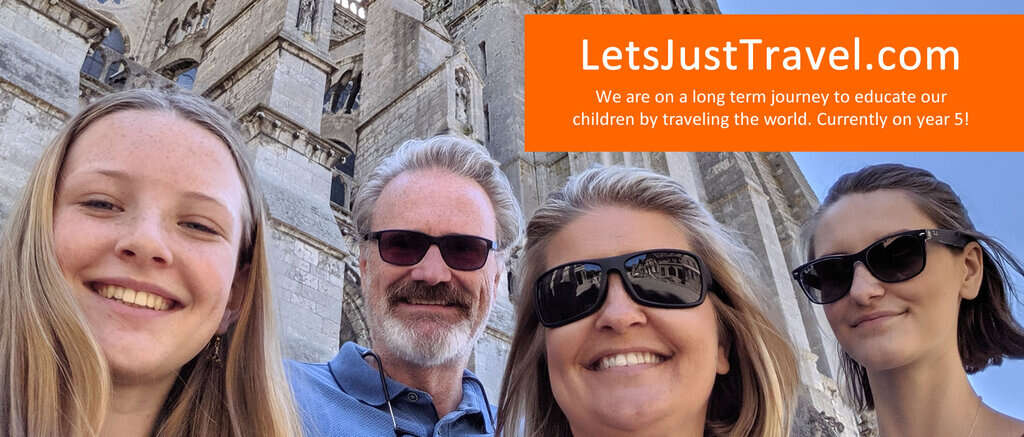If Berlin had a relationship status on Facebook, it would be “It’s Complicated”. This is a complicated city!!!
We had our longest drive yet, travelling 6 hours from Netherlands to Berlin. Thanks to Dan’s expert Tetra-style car packing, a few well-placed McDonald’s (don’t judge… road trips in Europe aren’t exactly filled with places to eat on the side of the road), and some 80’s tunes, we had no issues with the transition.

Our Berlin Airbnb listing was titled “The Penthouse” and although it was not the size of an American-style Penthouse, it was quite lovely. It was clean, fairly spacious for a 2-bedroom apartment and had good WiFi. We were content. The process for getting to the underground parking garage was quite the experience, however. You literally drive into a car elevator, which then lowers you to the level below and you drive out and park in the garage. The first time we did this I was FREAKING OUT, Y’ALL. But we got used to it. I’m pretty sure the girls will remember this car elevator the most out of all the stuff we did in Berlin. #facepalm
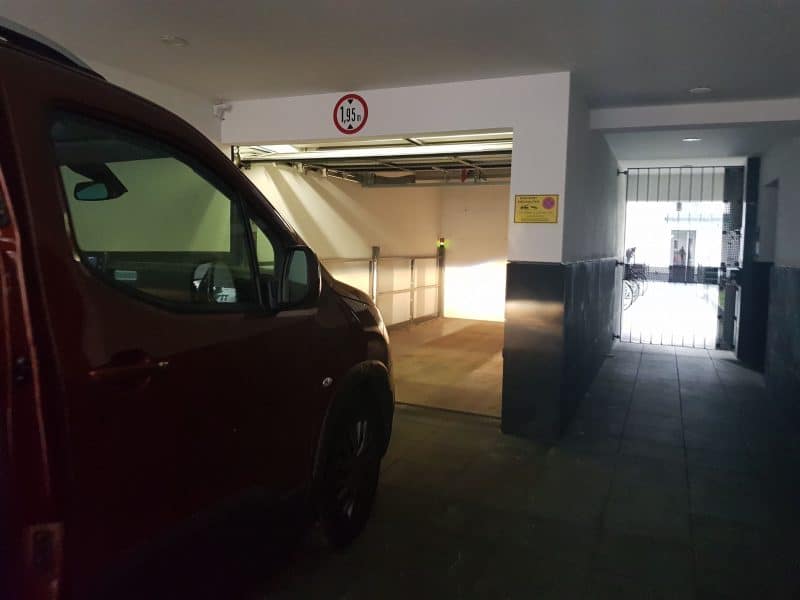
Exploring Berlin
The first day in Berlin we just did some housekeeping followed by brief exploring. Dan and I spent most of the day working on the process of packing a box to be sent back to the USA. He’s going to the USA in a few weeks but he has so many connections through so many random places (Russia, anyone?) that I am convinced his luggage will be lost, so I insisted that we send a box back of all the crazy stuff that we’ve been buying. Most awkward item: a watering can Haley bought at the Monet Gardens. Heaviest items: all the Starbucks mugs I’ve been buying from the countries we’ve been visiting.
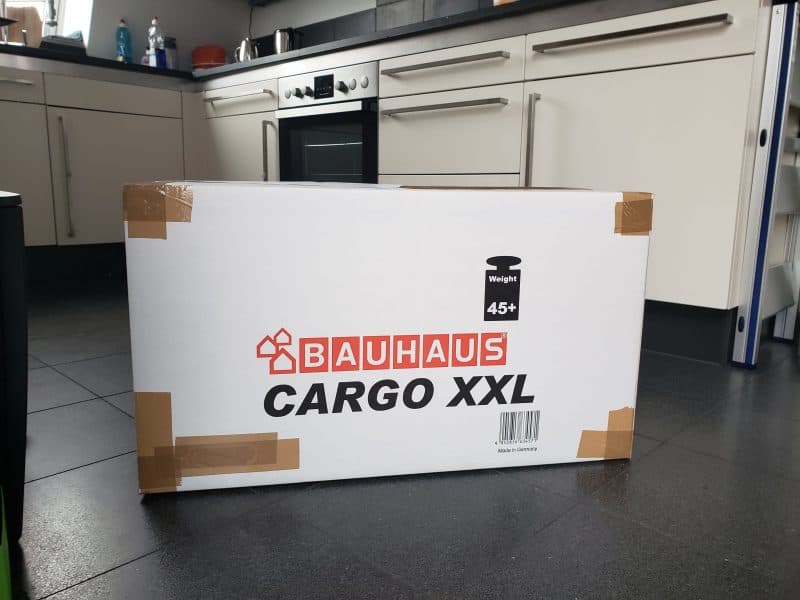
By this time I’ve given up suggesting that we take public transportation into major cities. By the time we figure it out (hours, it seems) and buy 4 tickets there and back, it usually ends up cheaper and easier to just drive to the center and pay for parking somewhere. And so in Berlin we just drove right in to the center and it was EASY. Berlin is decidedly more car friendly than any European city we’ve been to so far.
First, a few fun facts about Berlin:
- Berlin is over 9 times the size of Paris, BUT it only has 20% of Paris’ density. That creates a nicer experience for the tourist.
- Berlin has more bridges than Venice – around 1,700 of them. It is also said that Berlin has more waterways than Amsterdam, Stockholm and Venice COMBINED.
- Berlin is considered by many as Germany`s greenest city (topography wise) with over 44% of its area made of waterways, woods, rivers and green areas.
- They LOVE doner – that’s what they call the meat on a big vertical skewer that revolves around and you scrape it off for pitas or to serve with fries. It’s everywhere.
- The term ‘berl’ actually just means swamp, Berlin therefore means swamp-city!
- US president John F. Kennedy made a huge gaffe with his iconic declaration “Ich bin ein Berliner” in his speech shortly after the Berlin wall was erected. Essentially he told his audience — and the world — “I am a jam doughnut”. JFK was wrong to use the indefinite article “ein” and should have said “Ich bin Berliner” to declare his solidarity with the city.
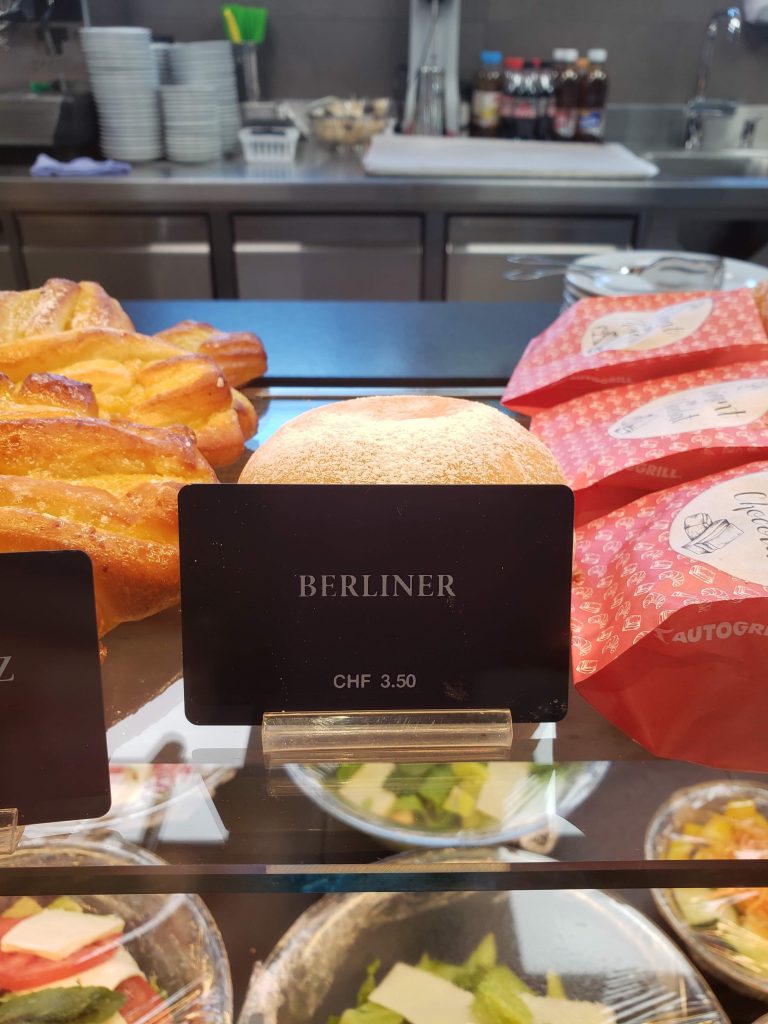
Fat Tire Tours of Berlin
For Day 2, we booked a 3-hour bike tour of Berlin with Fat Tire Tours. Booking tours is rare for us. We are pretty specific in what we want to see, and what we don’t want to see and we hate being confined in our movements. And tours rarely meet our needs, financial and educational. But this one came highly recommended by another Worldschooler with teens, and I figured Berlin had some pretty important stuff to learn on our WW2 chapter. Tours are nice for this homeschool mom who leads a lot of the learnings. I get to take a break and be schooled myself. I’m in!
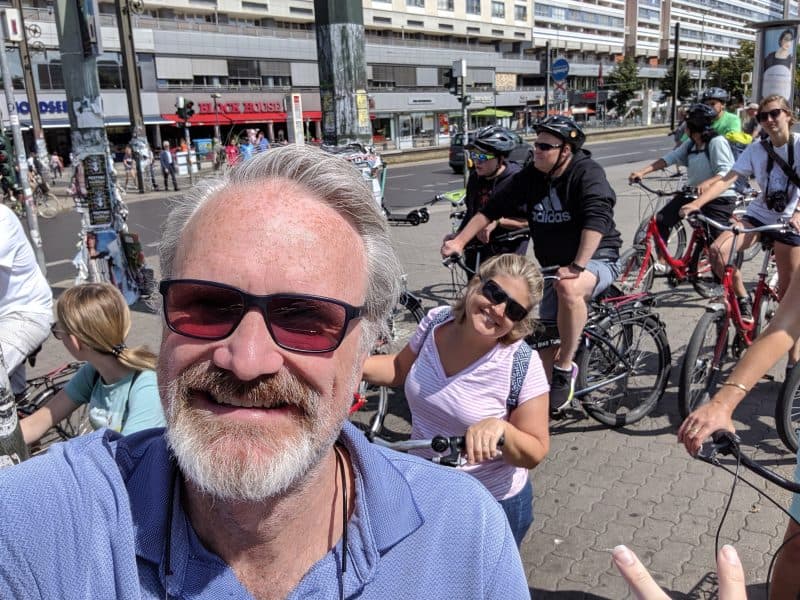
The day was another one of those “wow we got lucky with this weather” days. No clouds, all sun but not too hot. It was fantastic. You know what else was fantastic? The tour. It was amazing. We made the right decision to book a tour for this city. Berlin is probably the most interesting city I have ever been in. Although, it’s not as beautiful, quaint or idyllic as other European cities. It’s under an enormous amount of construction, it’s architecture is pretty basic (but grand), and it does not have a lot of “oh look at this amazing square” that we found in other places. But it is INTERESTING.
The tour guide told us a lot about German history. And not just the WW1, WW2, Iron Curtain history. This goes way back before the 20th century to Prussia and kings and all of that. Berlin – and Germany – had a lot going on, for a really long time. I feel like it really needs a long period of rest to recover. I feel you, Berlin. Same for me.
TV Tower (Berliner Fernsehturm)
Our first stop on the tour was the TV Tower. This was built by the Soviets in East Berlin between 1965 and 1969. It was built as a way to show the capitalists on the other side of the city (who could see it quite clearly from their side of the wall) that communism was superior. Unfortunately, the Soviets couldn’t find anyone in East Germany that knew how to do a monolithic pour (meaning it was poured all at one time, not in stages). Since they didn’t have anyone that could do it, they had to call in the Capitalist Swedes to finish the job. Some say it’s also a big middle finger towards the west.
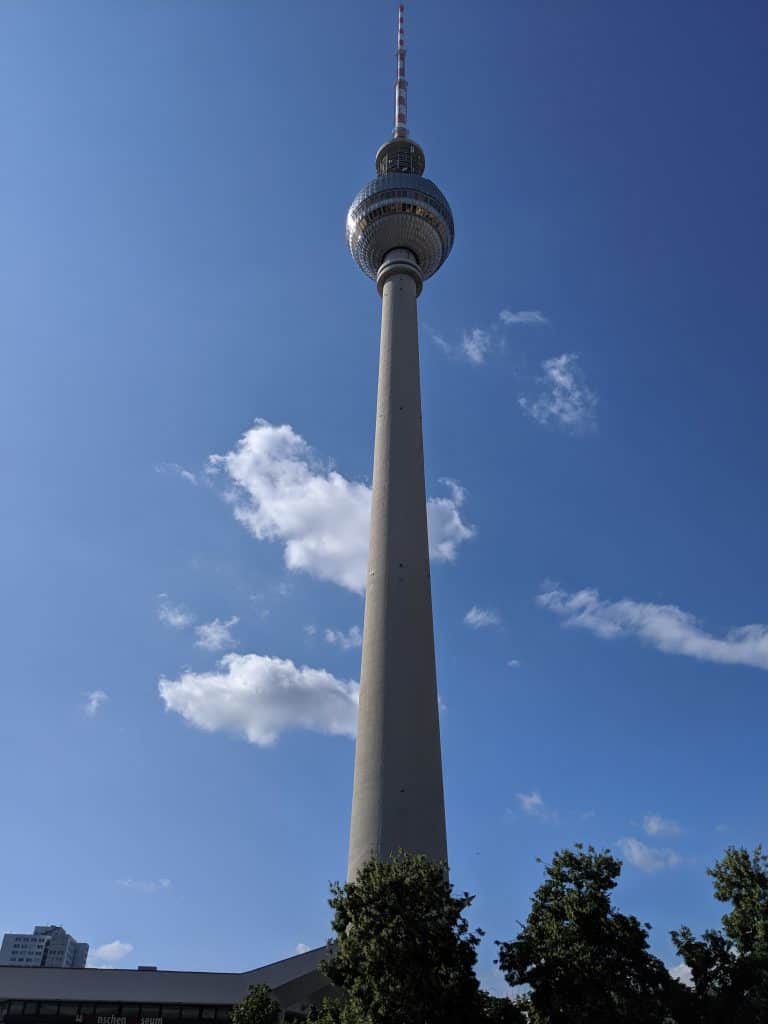
Bebelplatz
Platz means square, so you’ll see that word come up a lot in Germany. Our next stop was Bebelplatz. This square was named after August Bebel, a founder of the Social Democratic Party of Germany. The Bebelplatz is known as the site of one of the infamous Nazi book-burning ceremonies held in 1933 in many German university cities. There’s a place in the square where you can look down and see an empty library underground, in the middle of the square. Symbolically, the underground bookshelves have space for around 20,000 books, as a reminder of the 20,000 books that went up in flames.
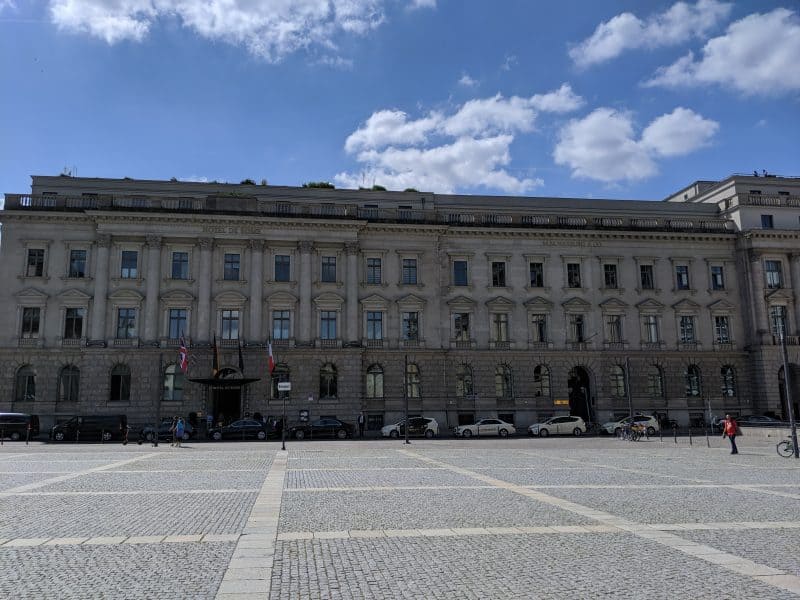
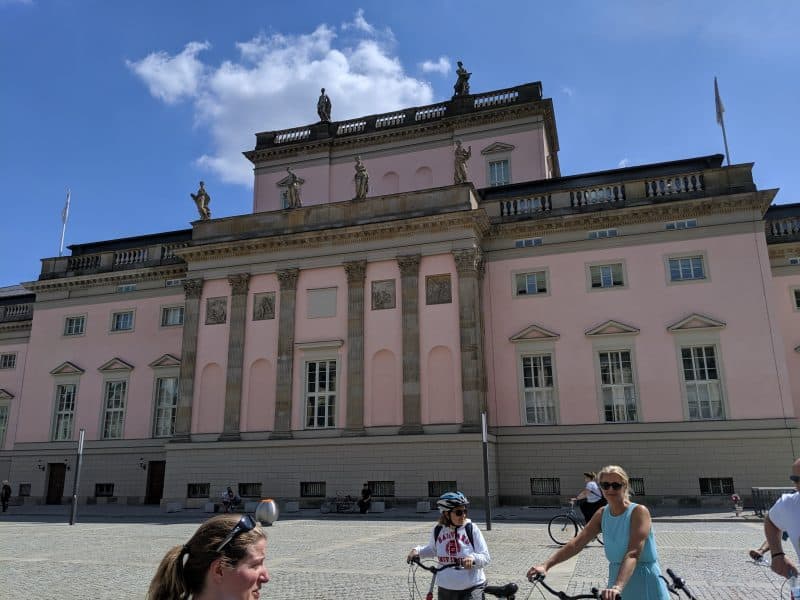
Our tour guide, Alicia, was great. A native English speaker and a budding historical fiction writer, she was witty but informative. One technique she used a lot was using chalk to draw on the sidewalk to further explain something.
Believe it or not, below is a map of Germany (drawn by Dan). Funniest quote from Alicia: “And after WW2, these two parts of Germany were given to France, one for each week they fought in the war.” Participating in a joke mocking the French? By a Canadian? Where do we sign??
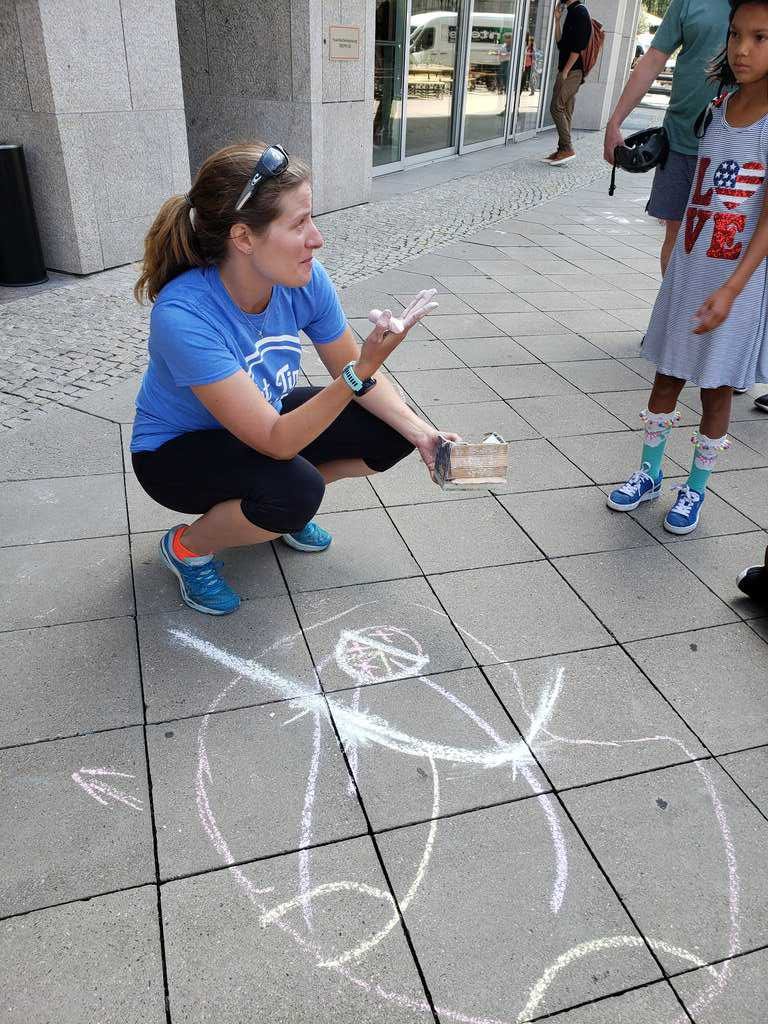
But even with the long history she covered, we did learn the most about the Iron Curtain, including the Berlin Wall, Checkpoint Charlie and a lot of buildings that looked old but really only contained a small portion of their original buildings. 70-80% of Berlin was destroyed in WW2 and that means most of their buildings are new-ish.
Fun fact: if you look around at the architecture in ALL of Berlin, the prettiest and nicest (and newest) buildings are actually those from the Eastern (Communist) sector. After The Wall came down there was a lot of investment in eastern section because it had been so neglected for so long. So now the Western part looks more shabby and run down. Fascinating.
Brandenburg Gate
Germans were not very creative with their names. Here we saw an iconic symbol of Berlin. On the other side of this gate is the road that leads to… wait for it… Brandenburg. The girls perked up when our tour guide told us about David Hasselhoff performing here. We had to go home and watch it on YouTube. The girls felt sad that he was considered entertainment back then.
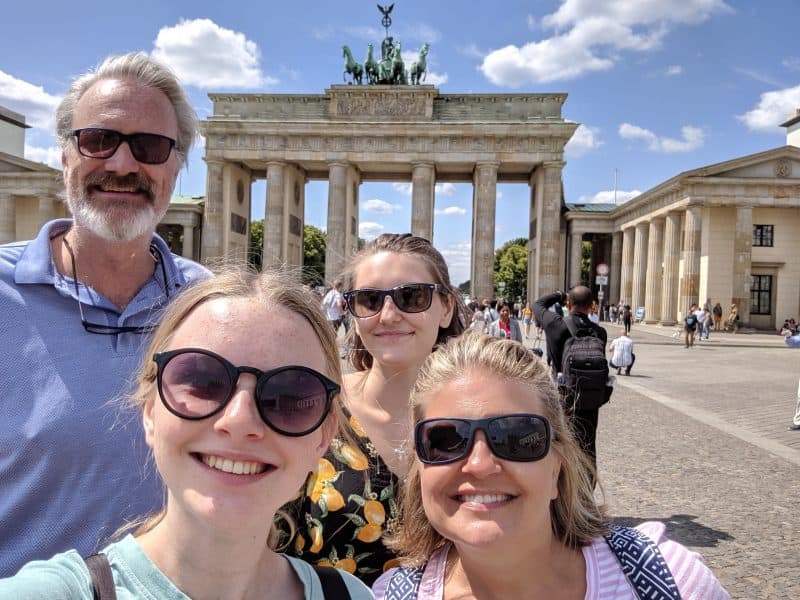
“A large building with very basic architecture.” That pretty much sums up most of the buildings in Berlin. Next to the Brandenburg gate is the hotel that Michael Jackson famously held “Blanket” (his infant son) over the balcony for the paparazzi to take pictures of.
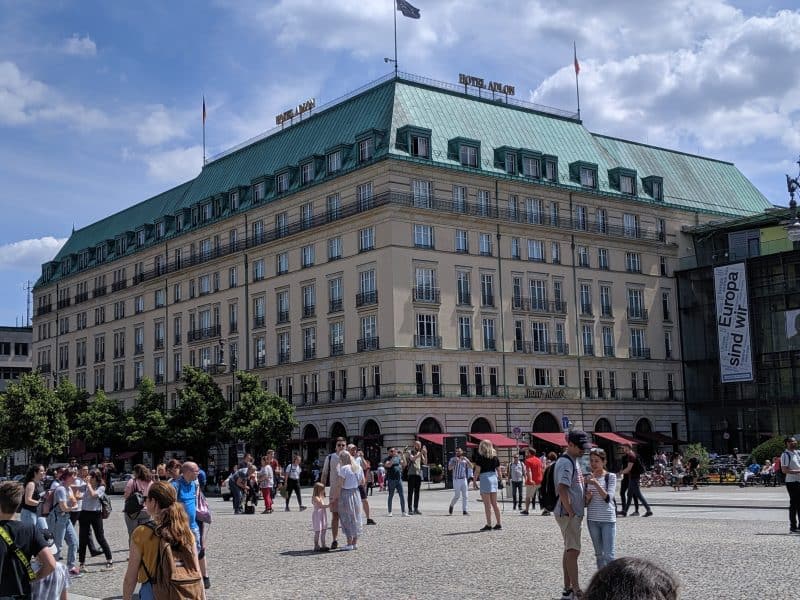
The Wall
Next we saw the largest section of The Wall that is still standing in Berlin. There were a lot of generations of The Wall, starting with basic fences and barbed wire to massive concrete structures. This was one of the middle versions. At this site we learned about the guy who, along with his wife and son, zip-lined from an office building over The Wall to safety in West Berlin. He’s an FSO kind of guy.
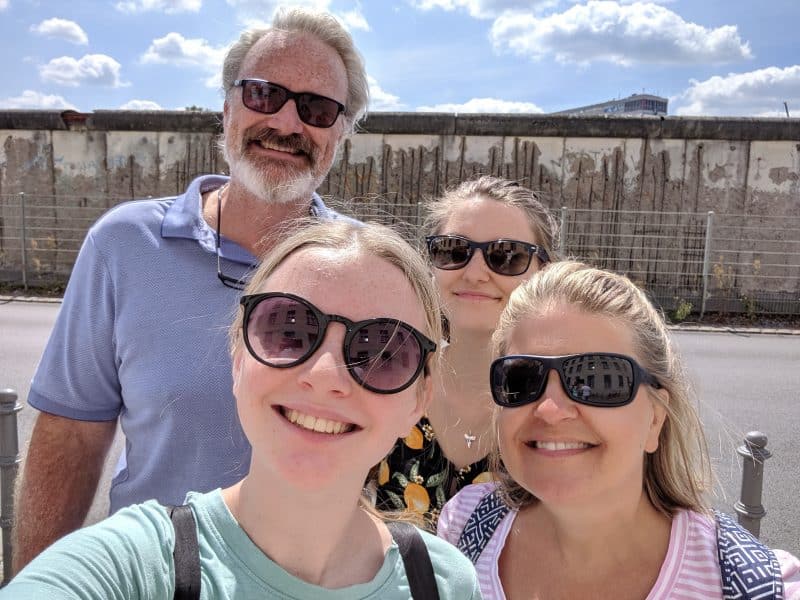
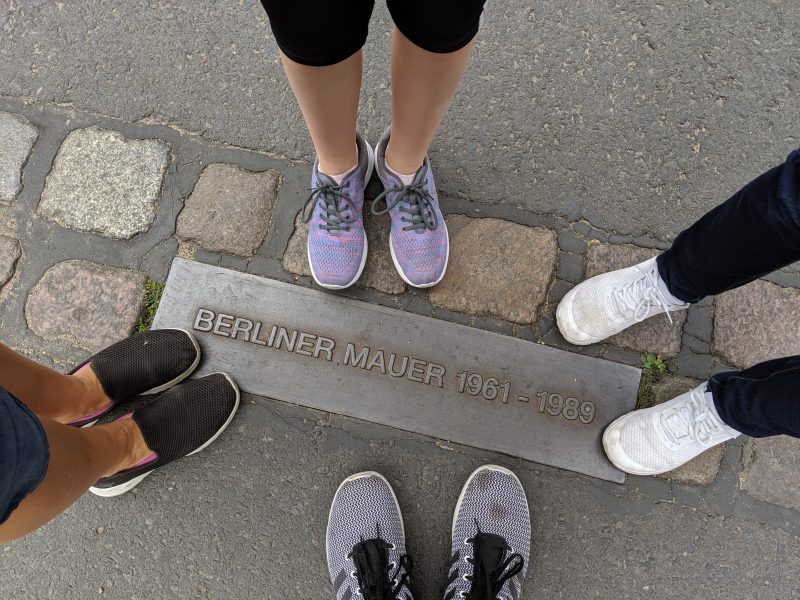
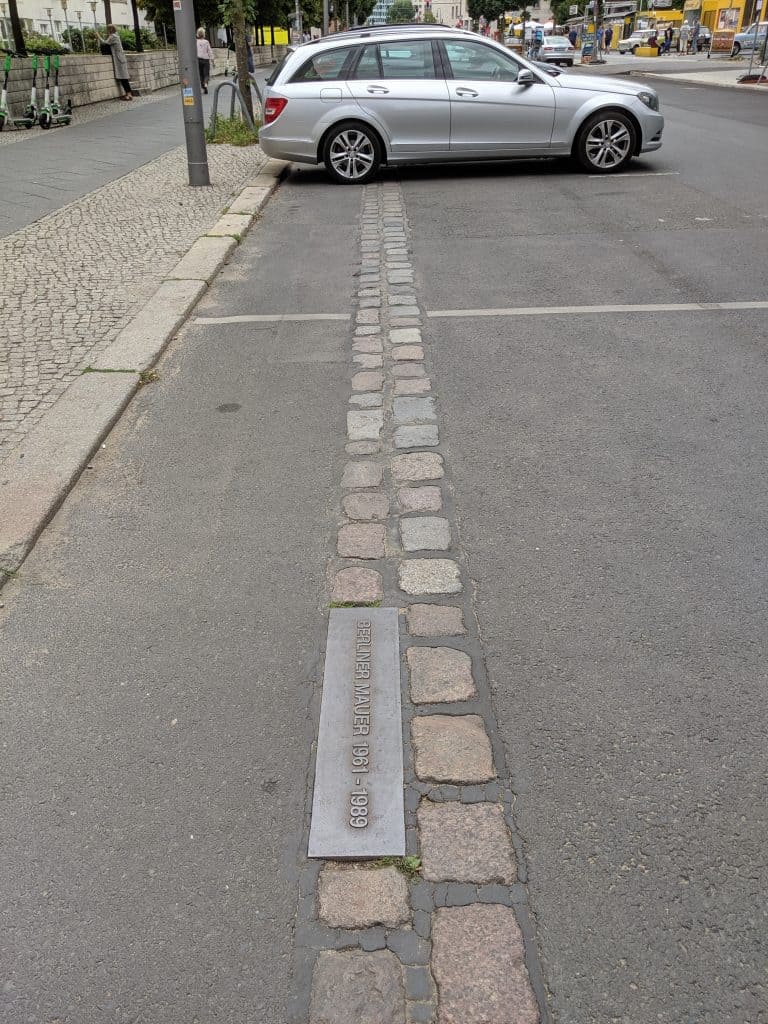
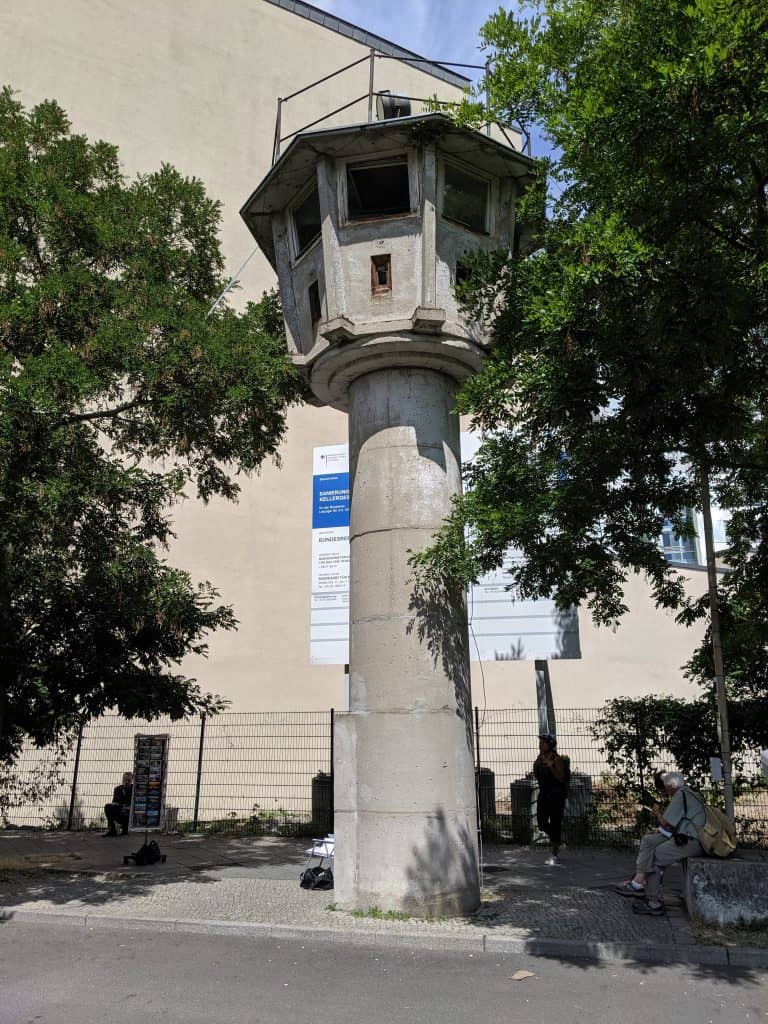
Museum Island
There is a section of the city called Museum Island. Thanks to those plucky Germans, I don’t need to explain what it means. We took some time to hear from Guide Alicia in front of The Old Museum. They named it that because it was used as a museum but a few years later they built a new one next door. The new one is called… wait for it… The New Museum.
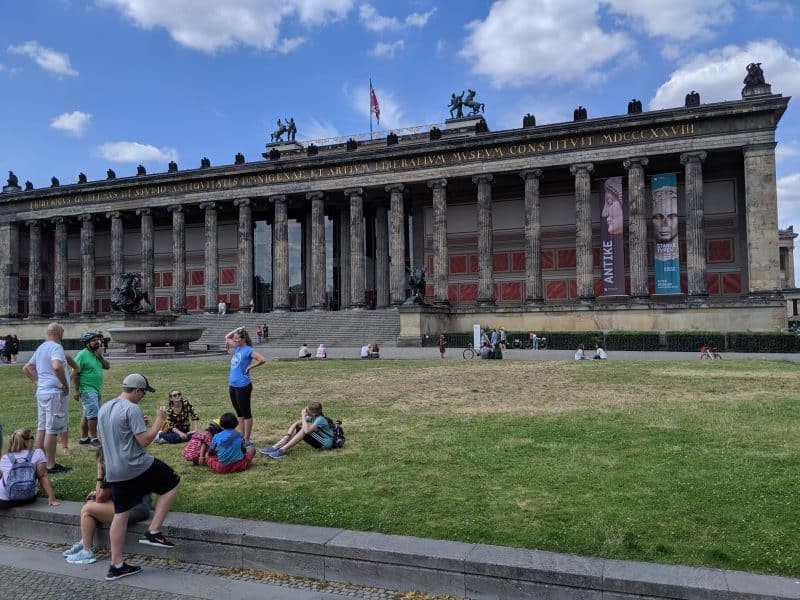
Memorial to the Murdered Jews of Europe
Right in the middle of the city, a few blocks from the site of Hitler’s underground bunker where he died (which is now just a parking lot for an apartment building). was the Memorial to the Murdered Jews of Europe, also known as the Holocaust Memorial. It’s essentially a large square with many rectangular boxes with a waving grid of stones as the path between them. There is no explanation for what it means. It is meant for the visitor to interpret it for him or herself.
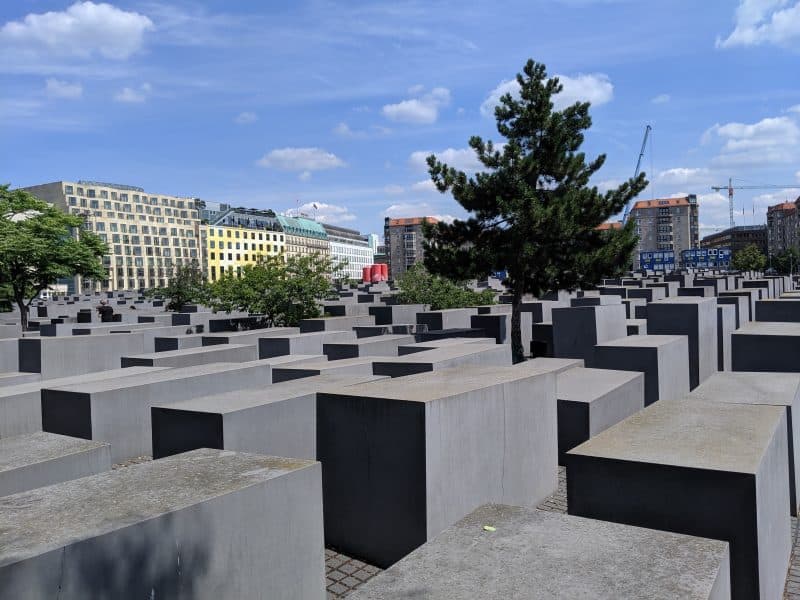
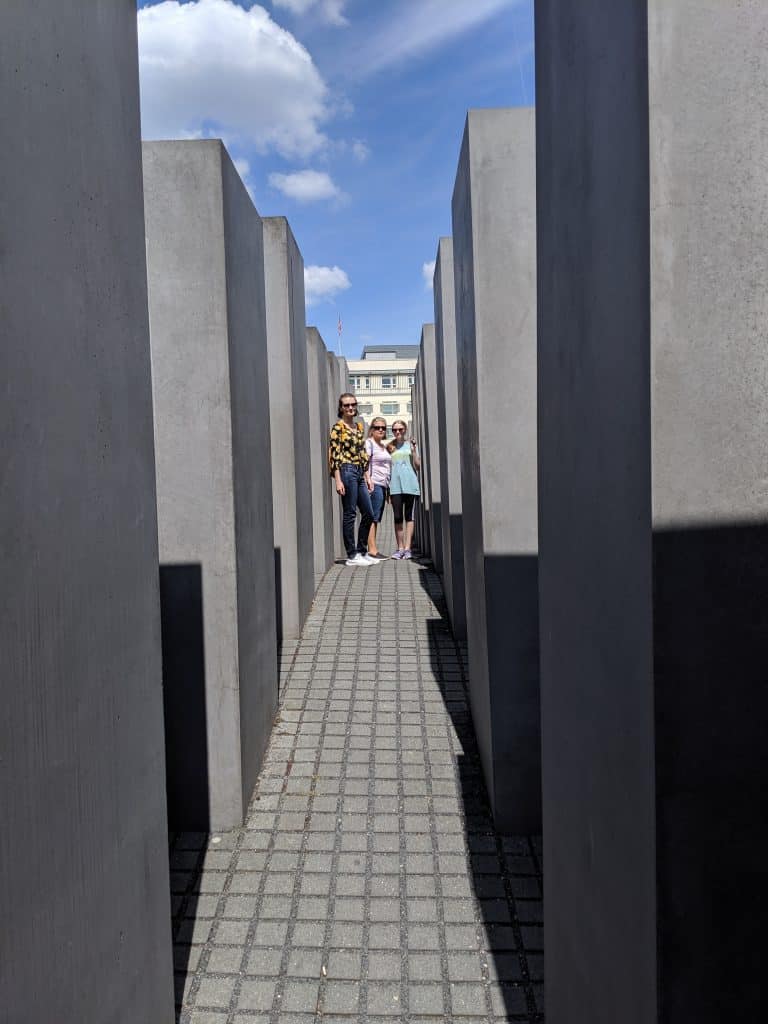
More Berlin Randomness
Here are a few other things we saw on our tour or during our exploration of Berlin.
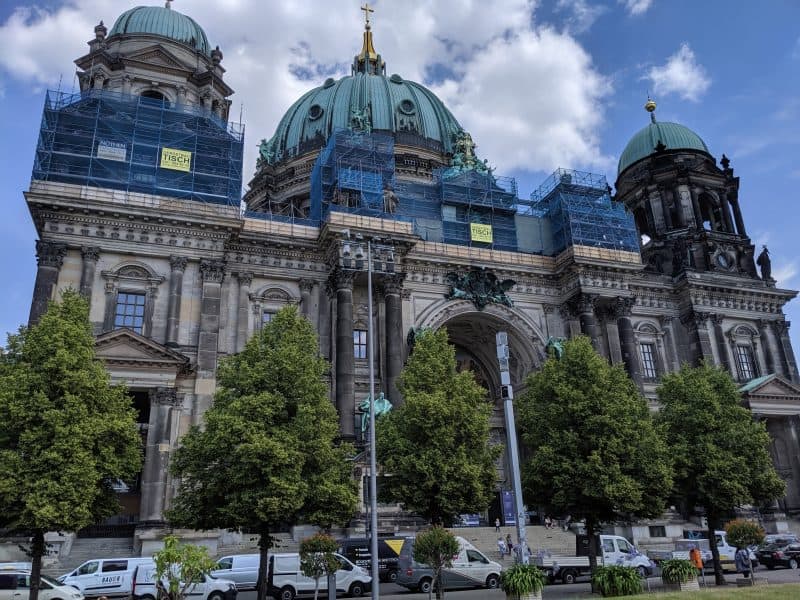
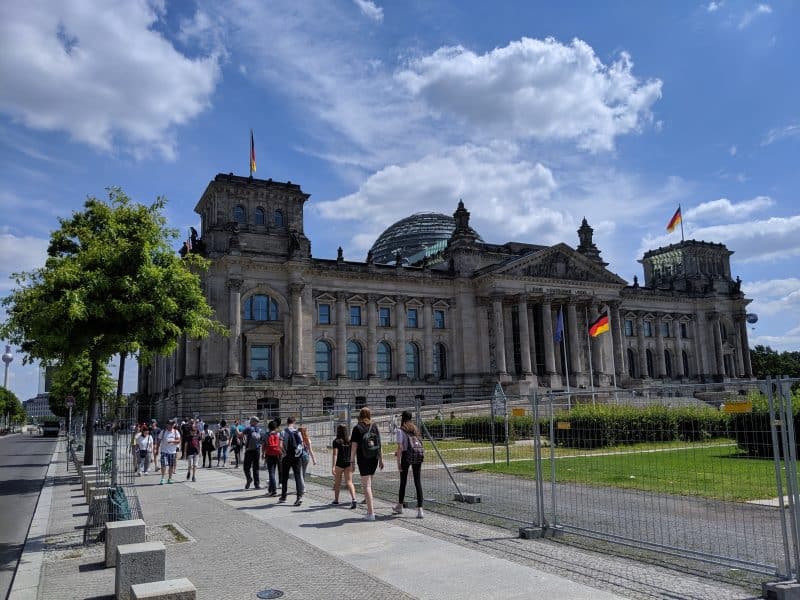
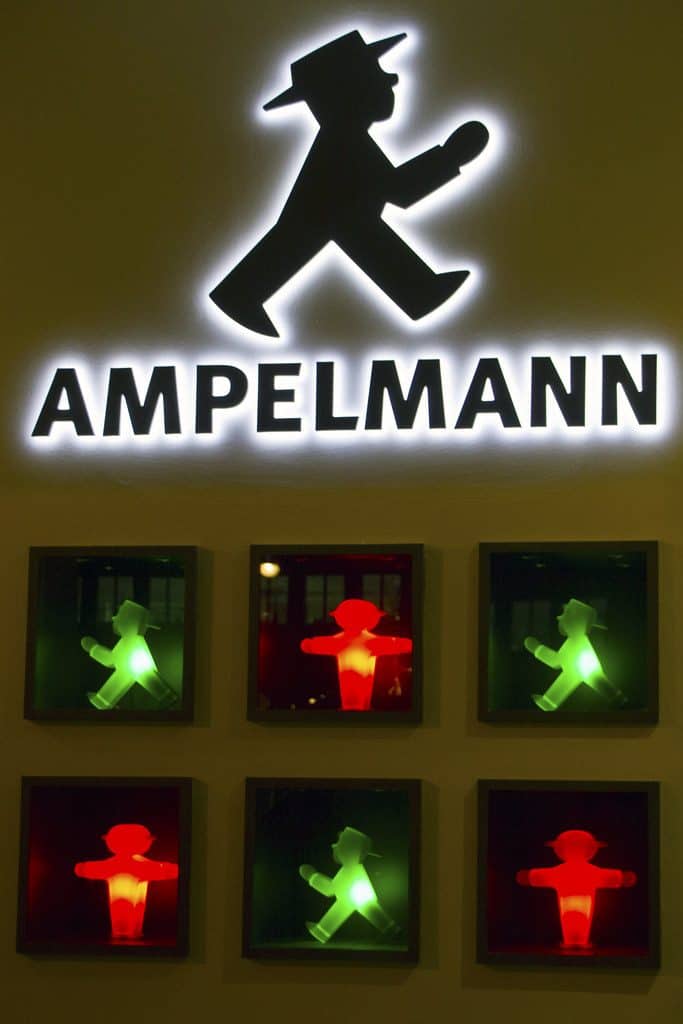
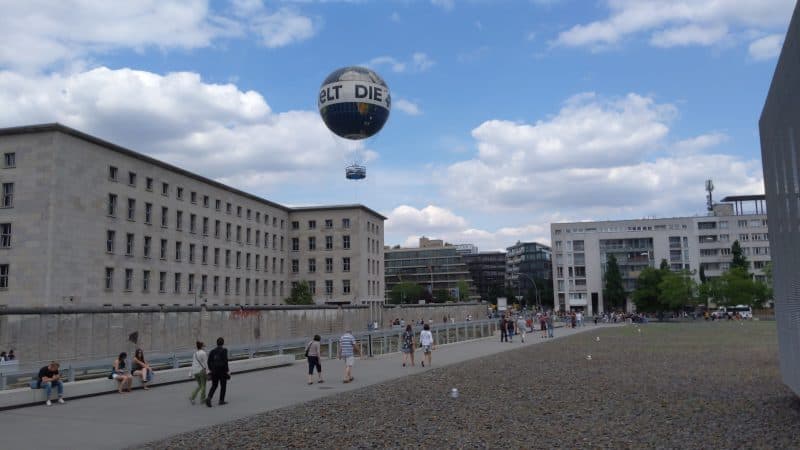
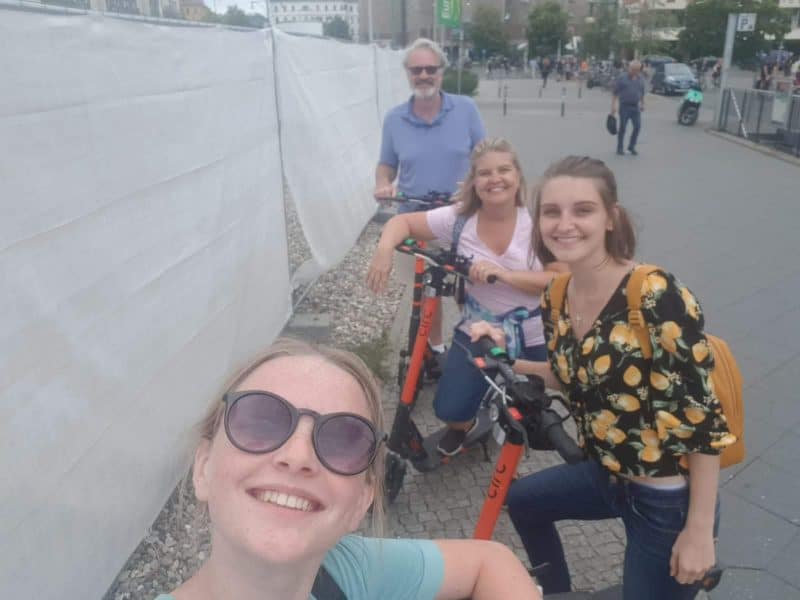
Berlin Airlift
Our guide Alicia also told us about the Berlin airlift. It involved logistics so of course I found it fascinating! In June 1948, the Russians – who wanted Berlin all for themselves – closed all highways, railroads and canals from western-occupied Germany into western-occupied Berlin. This, they believed, would make it impossible for the people who lived there to get food or any other supplies and would eventually drive Britain, France and the U.S. out of the city for good. Instead of retreating from West Berlin, however, the U.S. and Britain decided to supply west Berlin from the air. This effort, known as the “Berlin Airlift”, lasted for more than a year and carried more than 2.3 million tons of cargo into West Berlin. To give you some idea of how much that was, a cargo plane landed in West Berlin every 4 minutes, 24 hours a day, 7 days a week for 11 months. It’s even more mind blowing to think that that was CARGO planes which had to be unloaded by hand. Not people getting off by themselves like an airliner.
This operation was so successful that towards the end of the operation Germans were manufacturing their own goods to export back into other parts of Europe. Good job, you industrious Germans!
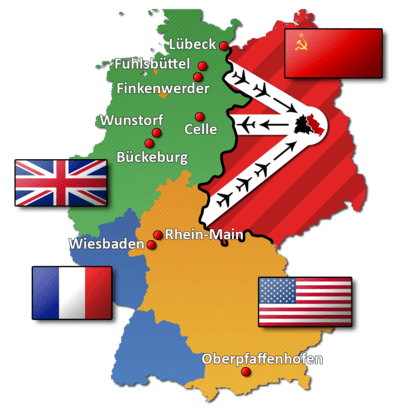
Read more about the Berlin Airlift here. You know you want to.
Sachsenhausen Concentration Camp
We learned so much from our Fat Tire Tour, but we still had a few more things to explore just outside of Berlin. One day we ventured about 45 minutes outside the city for a guided tour of the Sachsenhausen Concentration Camp. This was another excellent tour with a very informative overview of German history. And, yet again, it wasn’t confined to just WW2. This concentration camp had three main phases in its history.
In 1936, the Nazi SS built the Sachsenhausen Concentration Camp next to the town of Oranienburg. Until 1945, more than 200,000 people from all over Europe were imprisoned here. Tens of thousands died from hunger, disease and the effects of forced labor and mistreatment, or were victims of systematic extermination.
Then when East Germany was Communist, the Soviets used this camp from 1945-1950. It was named Soviet Special Camp No. 7/No. 1.
In 1961, the GDR (Communist East Germany) founded the Sachsenhausen National Memorial. Even in examining how the GDR chose to portray the victims was telling. The GDR’s imagery of the inhabitants show them as strong and brave in the face of Nazi cruelty. The survivors are widely portrayed as heros. As you’ll recall, the Communist (Soviets) were part of the Allies in WWII. And they were the ones that liberated Berlin from Nazi rule. So in their own propaganda, the Communists were the heros. The west would tend to memorialize WW2 and what happened in the concentration camps as an atrocity and would picture the suffering inhabitants as they were… suffering. The Communists, on the other hand, tended to gloss over the atrocities and just emphasized how Communism overcame the horrors of Nazism. In their memorials, the survivors of the concentration camps were pictured as strong and overcoming, not hungry and emaciated and abused, like they REALLY were. It was a stark reminder of how the story changes depending on the teller.
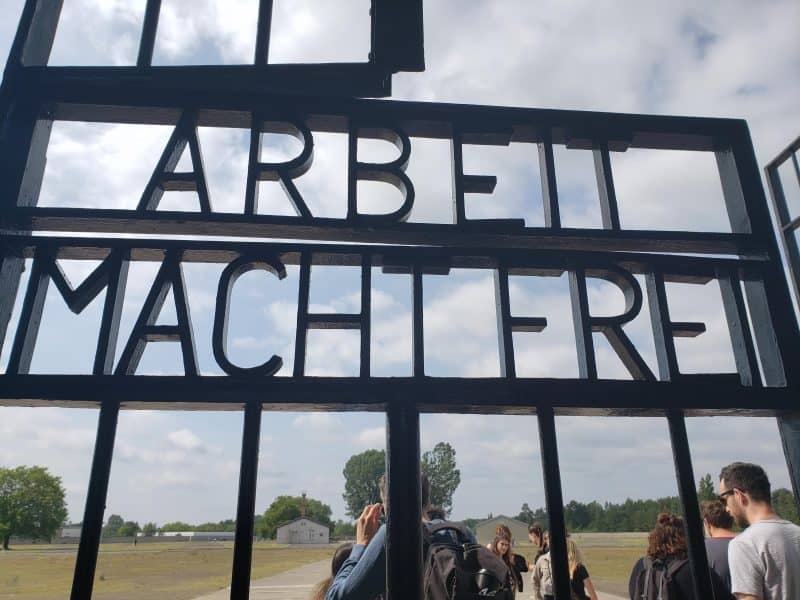
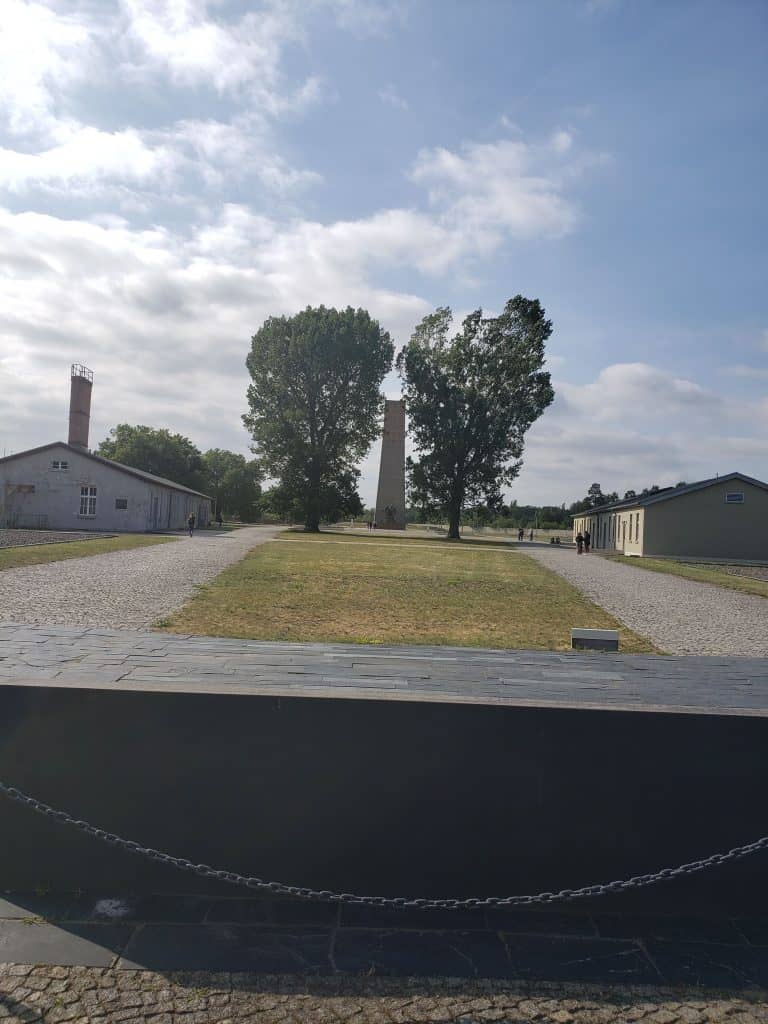
I didn’t take many pictures at the concentration camp. It didn’t seem right. But we learned a lot from our visit and I think it was an excellent addition to our historical journey of Europe in the 20th century.
That’s all I’ve got for you on Berlin, peeps. I think that’s enough, don’t you? I wish I could tell you more, because it was so fascinating. I can only hope that maybe I’ve inspired you to visit? If nothing else you can see a cool car elevator. The girls will tell you all about it.
